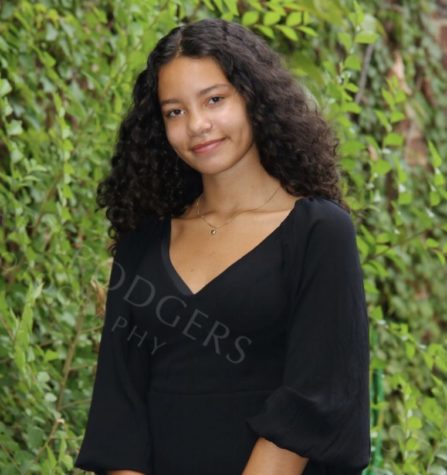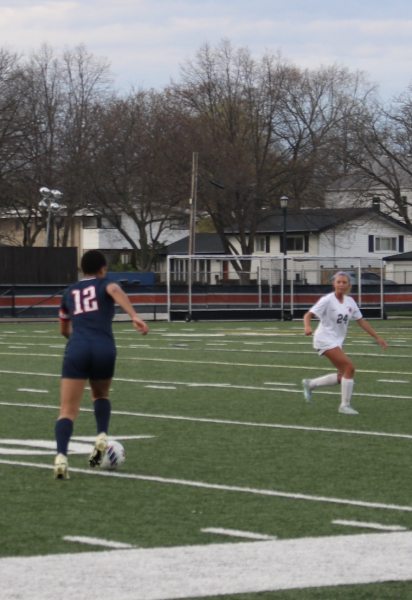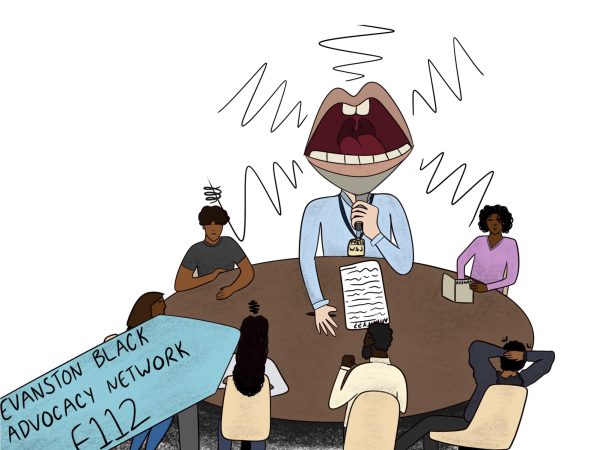Opinion | The importance of sustainable activism
2021 has looked different in many ways from 2020, a prominent difference being the collective civic engagement and support present on social media, in the classroom and in the community. In less than a year, many people seem to have given up on their activism and engagement on key social movements like Black Lives Matter, Stop Asian Hate and the electoral interest they were once engaged in.
In 2020, movements like Black Lives Matter were the topic of conversation, especially during the summer when jobs and schools paused. People had the free time to commit to getting involved. The pandemic’s context largely plays into this. Major events like the death of George Floyd made people collectively feel angry, connected and, therefore, more active. This solidarity in a time of isolation led people to defy the lockdown by protesting in the streets and constantly using their social media accounts to spread information. Scrolling through Instagram, one’s feed was commonly full of various infographics or announcements of current events being spread.
“On social media, everything was being shared easily, so you could just share things that were convenient to you. This year, you have to take more initiative to find causes and ways to help,” explains senior Anna Phillips.
The thing is, these movements never went away. In fact, with the lack of numbers, the smaller, sustained group of people who are still fighting for change need more support than ever to move their movements forward.
So, what happened? Due to the lack of broad interest, some people no longer seem driven to get involved. The influence of those around you is essential, but if you’re no longer hearing about issues or going out of your way to find ways to get involved, the engagement falls short. Sustainable activism is strengthened by group participation and consistent engagement. With a larger group, civic engagement is more able to offer a great number of tools to support more work through collective action.
“I think more people were involved in activism last year because there was so much free time, which also caused a lot of the issues. It was also an election season, which contributed to all of the chaos,” says senior Yusra Ansari.
Evanston Fight for Black Lives, a youth-led organization centering on justice for Black people in the Evanston community, had large mobilization last year. In fact, an average Evanston Fight for Black Lives (EFBL) protest would hold at least a few hundred people, the largest one reaching 5,000 people. But, as the end of the year approached and winter began, this incarnation of engagement began to decrease.
“I feel like that’s when the decline started, because the ability to host in-person events became pretty impossible, and I feel like even when summer came again, trying to get people back into the streets and in the community was difficult. Also, we have always struggled, even at the peak of engagement, to get ETHS students involved, which is a bummer because they are the 24/7 [Evanston] residents; college kids are only here in the summer,” explains an EFBL organizer.
The unfortunate reality is after mass mobilization, a drop often occurs. This creates a cycle of change that is difficult to obtain in the short term, and why collective, sustainable civic engagement becomes so valuable. Within Evanston, getting that youth voice can be essential because they are an important part of the community.
Also, last year, we were all experiencing things together. But, now, people’s minds don’t seem to be in the same frame of mind, the movements and the issues are no longer at the forefront. There isn’t the same type of urgency, leaving those who truly care enough to put in the work fighting an uphill battle.
“It not only puts a lot more pressure on organizers, because now we went from feeling like at least half the city cared about Black lives and improving the conditions that we have in place, to us 10 individuals along with the other adults who have had organizations for decades. That’s also a lot of responsibility, it’s a giant time commitment and it definitely results in burnout,” says the EFBL organizer.
Some seem to talk about last year as if it was far in the past, a distant memory of performative activism and work cut short. In reality, it was a time where movements like Black Lives Matter had more momentum behind them than they ever had before.
“I think consistency is fundamental to civic engagement. People forget quickly, and it’s important to make sure they’re reminded as frequently as possible. You can’t have activism without being active,” explains senior Maya Acacia.
EFBL is planning on coming back from their break in February and has more goals they hope to accomplish. They hope to see more youth and ETHS engagement with this, whether that means being a full-time or part-time organizer, or even simply sharing your experiences and joining a meeting to give input on what it’s like to be a high schooler in Evanston.
“Before we decided to take a break, we had a lot of initiatives going on—we had the community garden, the fridges, we were doing Block parties every Sunday, we did a back to school drive, and did a lot of clothing drives—and we realized we need to really pick a few things to focus on and put all of the energy in. So, going forward, we’re really focusing on keeping those community fridges up and running and fully stocked and defunding the police. We’re really trying to get the community’s opinion and engagement on how best to do that,” explains the EFBL organizer.
There’s a difference between being involved once, and continually engaging in your community. Young people especially have a unique opportunity to build a more resilient and sustainable future. Having a high schooler’s perspective and sharing these experiences helps organizations like EFBL gauge what needs to be done. This also gives youth a voice that’s often missing. If you care about the causes for which you were fighting just months ago, step up and show sustainable support. It’s tiring to see the same cycles of support disintegrate after performative activists come into the picture.
Engaging with and spreading information on the movements that need continued support could go a long way in making sure crucial movements aren’t left behind, and we see the change that needs to happen.
“Even though this work is so urgent and change needs to happen immediately, it’s not going to happen overnight. I mean, we wrote our defunding package last year, and we just got to present it to the city council last week,” concludes the EFBL organizer, “So, being able to have the patience and drive to understand that you can’t make things happen in a week, two weeks, in a day, but that it’s going to take months and a lot of time and effort. Being able to pace yourself and not giving it 100 percent of your time and capacity, but enough that you’re making a difference slowly and that you can stay in it to see the results in the work you put in.”
Your donation will support the student journalists of the Evanstonian. We are planning a big trip to the Journalism Educators Association conference in Philadelphia in November 2023, and any support will go towards making that trip a reality. Contributions will appear as a charge from SNOSite. Donations are NOT tax-deductible.









